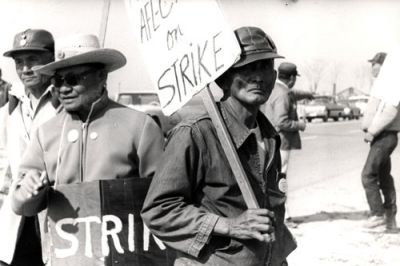How Do We Reduce Cost and Time to Build Transmission Lines?
The Burden on Ratepayers Is Not Sustainable
As California continues, and even accelerates, on its path to 100% renewable energy, it must grapple with the costs and burdens on electricity ratepayers. Among the largest rate impacts is the cost of new transmission carrying renewable power to customers. We need new approaches to transmission financing that avoid rate shocks and ratepayer backlash.
With support from Net-Zero California and Clean Air Task Force, CLEE released a new report: Improving Transmission Financing in California to explore different funding models and approaches through a policy lens.
California can reduce transmission costs by billions of dollars both through various financing strategies and financing that does not always rely on ratepayers. Much of the potential savings result from different models of public-private partnership, some with greater public aspect and others with more private financing. And because different transmission lines have different participants and components, financing may differ among the lines.
While we hope that you will review the full report, here is the short version of our recommendations:
-
Focus on demonstrating alternative financing arrangements for four to six key transmission regions and lines in the California Independent System Operator’s 20-year transmission outlook that most stakeholders agree are essential.
-
Engage the Governor’s Office to designate a coordinator for high priority lines and support a process to speed implementation and financing.
-
Establish a liability backstop for the entity or entities owning new transmission.
-
Minimize risk through insurance, contract, indemnity, and first loss protection, and other mechanisms, subject to negotiation and legislation
-
Modify California Independent System Operator rules to allow for an additional competitive bid process, opening more transmission to private development and private funding.
-
Explore credit enhancements from the state or federal government. (Admittedly, this just got tougher at the federal level).
-
Assess opportunities to finance some transmission lines through general obligation (GO) and revenue bonds, the former funded by taxpayers through the budget process to build needed infrastructure while reducing transmission costs included on ratepayer bills.
-
Explore options for applying existing federal models to California, particularly the Western Area Power Administration (WAPA) model to finance transmission and provide electricity at a wholesale rate to municipal utility customers and community choice aggregators.
Of course, developing public-private partnerships and financing face their own hurdles and challenges, a number of which we discuss in the report. Nonetheless, meeting California’s renewable energy and affordability goals and require faster, cheaper, less burdensome action on transmission. In light of the federal election results, California’s ability to achieve its climate goals is now all the more essential.
Reader Comments
One Reply to “How Do We Reduce Cost and Time to Build Transmission Lines?”
Comments are closed.







I continue to be impressed by the efforts to subsidize transmission lines and the parallel lack of effort and support for distributed solar. If the energy speculators want to profit they should bear the risks of investment. The private sector does not lower their prices when the receive subsdies. There are thousands of big box stores, distribution centers. parking garages etc., with enough surface to support solar. Producing energy close to where it is needed saves transmission losses and minimizes the need for both the destruction of habitat and the size and costs of any needed lines. Of course the potential for profits may be smaller too.